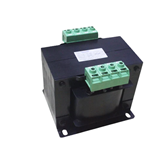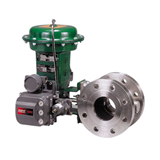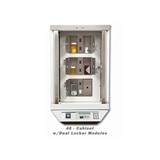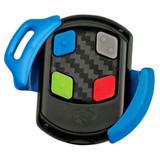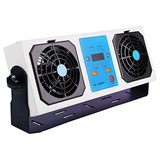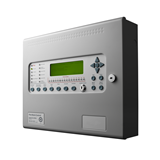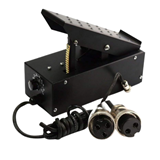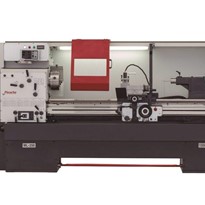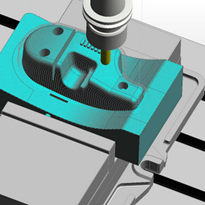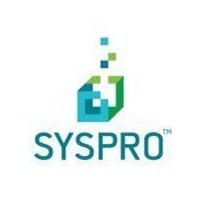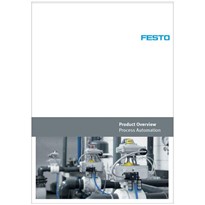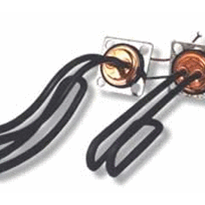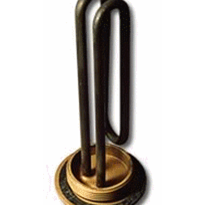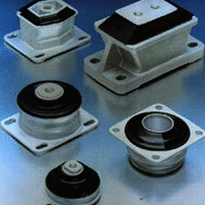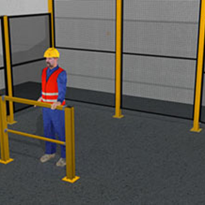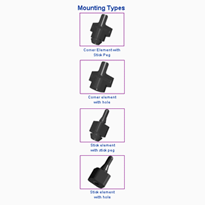As professionals in the machine tool industry, it is important to understand that the manual lathe is a fundamental tool in the manufacture of mechanical parts. To take full advantage of its potential, it is necessary to know the components of the manual lathe and how they work.
Knowing the parts of a manual lathe will allow us to proper maintenance of the machine, avoiding failures and extending its useful life. In addition, a complete understanding of the operation of the lathe will allow us to select the right tool for each task, increasing the accuracy and quality of the work performed.
Among the most important parts of a PINACHO ML lathe, we can highlight the Norton or Feed Box, the apron, the charriot, the gearbox and the tailstock. Each of these parts has a specific function in the machining process, and their correct use and maintenance is essential for the work results.
Main control indicators
Reference to Photo 3, This panel is usually located on the front of the lathe, near the main control panel, and consists of a digital display that shows data relevant to the turning process, such as spindle speed, cutting tool position, depth of cut, the load on the cutting tool, the position of the workpiece, etc.
The display panel can be programmable, which means that the operator can enter setup values ??for the turning process and receive real-time information about the status of the lathe and the workpiece during the process.
Norton Box
Reference to Photo 4, Also known as a feed box, it is used to select, by using levers, the appropriate gears to obtain different feed speeds, which will subsequently rotate the cylinder or threading bars, transmitting a linear movement to the carriages.
Apron
Reference to Photo 5, This is the part of the carriage facing downward, in front of the operator. It contains the gears and feed clutches that transmit the movement from the lead screw and the cylinder bar to the longitudinal and transverse carriages.
The entire slide can be moved along the lathe bed either manually by turning the crank or automatically by engaging the automatic feed controls on the apron. Automatic feeds allow rapid feeds for both the longitudinal and cross slide of the lathe. This feature gives the lathe greater efficiency.
Charriot
Reference to Photo 6, The adjustable carriage, or Charriot, is the upper carriage of the parallel lathe. It is a sliding and rotating body that is arranged in the upper part of the machine on the cross slide and that has the possibility of rotating its base according to an axis normal to it, allowing the trajectory of the tool when moving through this slide to be oblique to the axis of the workpiece.
Gear box
Reference to Photo 7, The gearbox is an assembly of gear wheels mounted on three or more shafts, which are enclosed in a box and have a selector mechanism, with which we can choose a certain gear ratio, which adjusts to the needs of variation of the revolutions of a machine.
The working rotational movement is transmitted from the motor to the spindle by a system of pulleys and belts or through a system of gears.
Tailstock
Reference to Photo 8, The tailstock is one of the main parts of a manual lathe. It is used to hold and support the opposite end of the workpiece being machined. Generally speaking, the tailstock is a moving part that is located at the opposite end of the spindle and can be adjusted in height and position to suit different types of workpieces and machining tasks.
The use of the tailstock is essential in machining tasks involving long or thin workpieces that may bend or vibrate during the machining process. By holding the part at both ends, vibration is reduced and the accuracy and quality of the work performed is improved.








